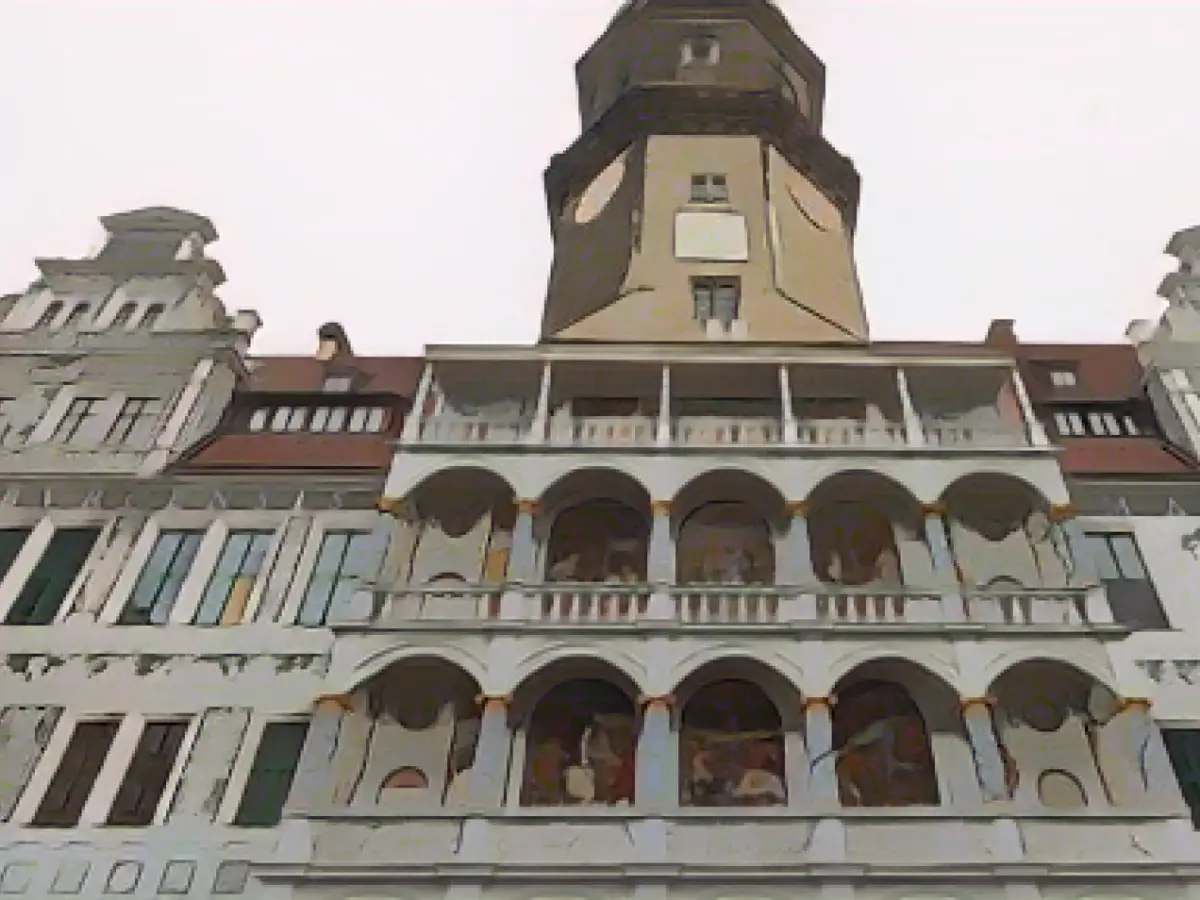History - Dresden Residential Palace with Renaissance loggia again
After seven years, the colorful design of the Renaissance loggia at the Dresden Residenzschloss has been completed. According to the Ministry of Finance on Friday, one of the largest Renaissance frescoes north of the Alps has been recreated on the rear wall of the now completely reconstructed four-storey alcove. The biblical motifs form a colorful contrast to the black and white sgraffiti - art scratched into the plaster using historical techniques - of the facades in the Great Palace Courtyard, as they did 500 years ago. The biblical motifs are "The Conversion of Paul", "Sheba before the Throne of Solomon" and "Christ with the Magi".
The altar, which was created when the palace was rebuilt in the mid-16th century, was reconstructed in sculpture before artists painted the upper floors. The development of the fresco motifs, which were later gradually transferred to fresh lime plaster, took ten years. According to the ministry, the total cost of restoring the Great Palace Courtyard is 13 million euros.
The murals, most of which were lost in the palace fire of 1701, were once created by two Italians from Brescia. Restorers had researched the motifs, style and execution using old engravings, drawings, studies and photos, sketched them on cardboard and then gradually transferred them to the walls, which are up to 5.50 meters high. A powder of ground stone, glass and earth mixed with water was applied to a fresh, very lime-rich layer of plaster just four millimetres thick to bind the pigments.
The Dresden residence of the Saxon electors and kings, which was destroyed at the end of the Second World War in 1945, has been restored since 1986 and converted into a museum center for the State Art Collections. According to the ministry, the federal and state governments have invested around 396 million euros to date.
Lesen Sie auch:
- Nine arrests in drug raid in Berlin
- Hardship cases for heating: An average of 321 euros paid out
- Learning without distractions: New Zealand bans cell phones in schools
- The Dresden Residenzschloss, known for its rich history in Saxony, showcases one of the largest Renaissance frescoes north of the Alps.
- The architecture of the residence castle in Dresden includes the famous Renaissance loggia, which now houses biblical motifs like "The Conversion of Paul" and "Sheba before the Throne of Solomon."
- The Altmarkt in Dresden, located near the Residenzschloss, was once a popular marketplace in Saxony, offering a glimpse into the city's historical past.
Source: www.stern.de








